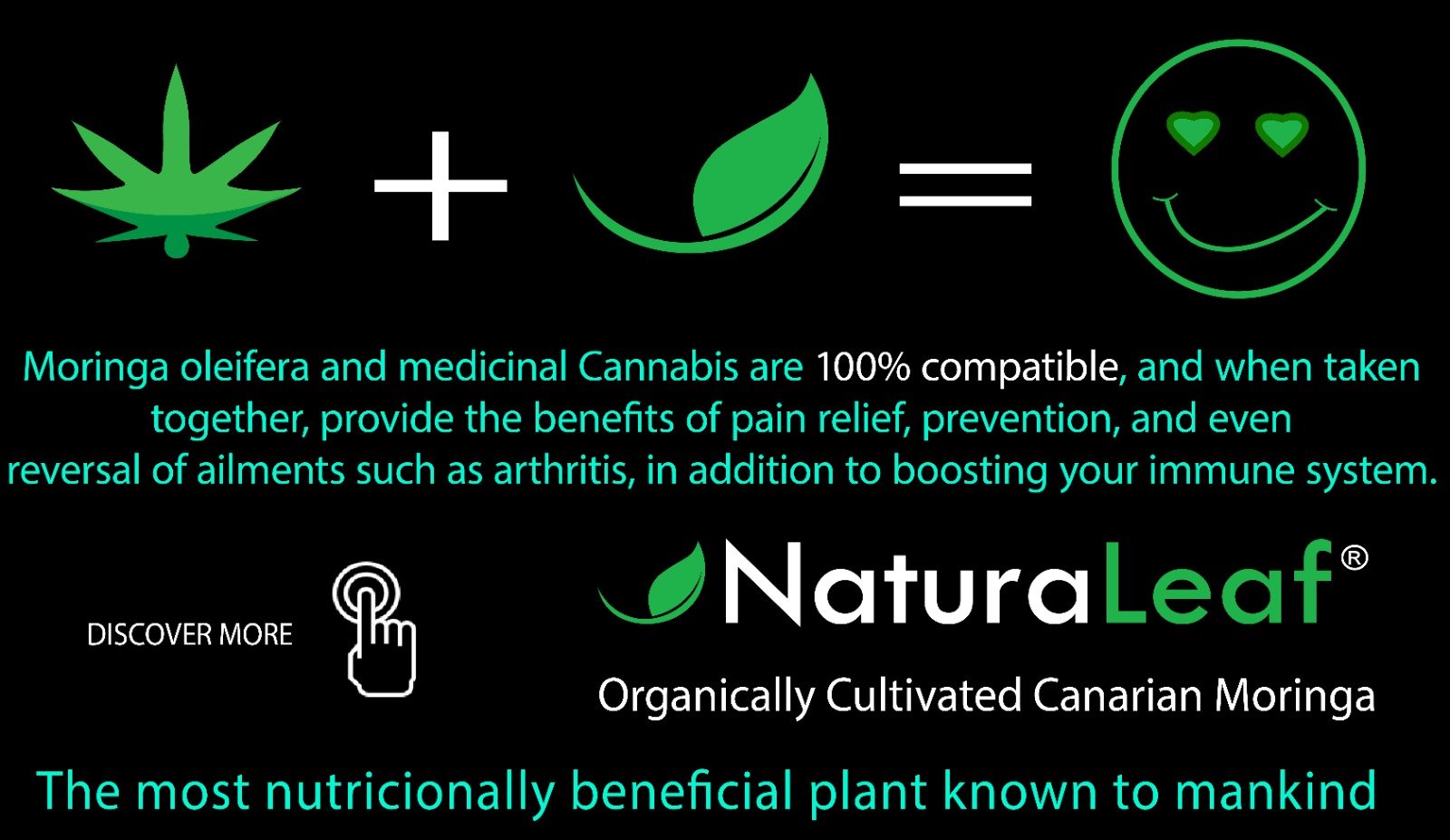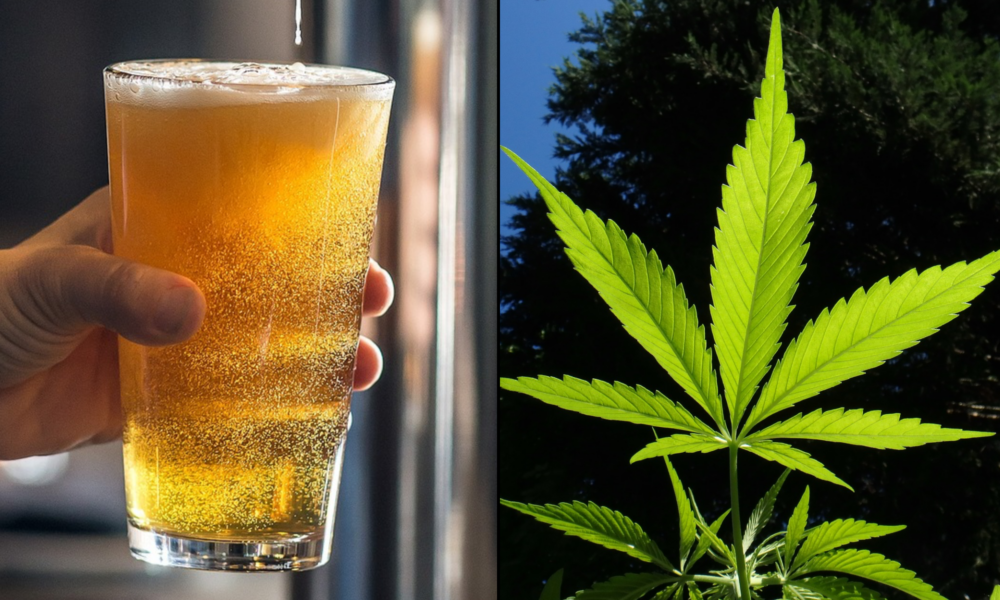A new study commissioned by the government found that young adults are three times as likely to consume marijuana on a daily basis or almost every day than they are to drink alcohol.
The oldest three age groups surveyed are the most likely to consume alcohol regularly, while people between 35 and fifty seem to use both substances on a daily basis or almost daily (DND).
Megan E. Patrick is a University of Michigan professor of research. The new paper, authored by Megan E. Patrick draws on data from the Monitoring the Future Panel Study (MTF), an annual national survey of approximately 20,000 people in three distinct age categories: aged 19 to 30, aged 35 to 50, and aged 55 to 65.
Data Insight’s analysis published last week shows that frequent cannabis consumption is three times as prevalent amongst the youngest age groups. On the other hand, 3.6 per cent of 19 to 30-year-olds reported DND drinking alcohol.
The opposite was true for people aged 55 to 65. Frequent alcohol consumption was two times as common among them as cannabis use. Of the respondents, 11.4% reported DND drinking while 5.2 % said they consume cannabis daily or almost daily.
Among what the paper calls “early midlife adults”—those aged 35 to 50—use rates were almost equal: 7.8 percent reported DND alcohol use, while 7.5 percent reported DND cannabis consumption.
Overall, patterns indicate that daily or near-daily cannabis use has “increased over the past 5 and 10 years…among young adults and early midlife adults,” the study says, increasing by nearly 75 percent—an increase of 4.4 percentage points—from 2013 to 2023.
Alcohol consumption has dropped in young adults over the past 10 and 5 years, but early midlife adults reported it only recently, the last five years. DND consumption by young adults has decreased about 35 percent (1.9 points) in the last decade. “From 5.5% in 2013, to 4.8% in 2018, and to 3.6% 2023,” says the report. The report states that “among early middle-aged adults, there has been a significant decline by approximately 20% (1.6%) over the past five years, from 9,5% in 2018 down to 7,6% in 2023. (With a noticeable one-year increase in the COVID epidemic in 2020).
The report concluded that “overall, there was a crossover between DND cannabis use and DND alcohol use among young adults over the past decade.” “By 2023, DND use of cannabis was more prevalent than DND use of alcohol among those aged 19 to 30.” Early midlife adults are experiencing a convergence but not yet a cross-over.
It adds that “at the moment, DND alcohol use is more prevalent than DND marijuana use among adults 55 years and older. However, if trends continue, this could change in the future.”
The study, which was supported by research grants from the National Institute on Drug Abuse and the National Institute on Alcohol Abuse and Alcoholism, provides more granular, age-specific findings than a similar report published earlier this year that found that more Americans overall smoke marijuana on a daily basis than drink alcohol every day—and that alcohol drinkers are more likely to say they would benefit from limiting their use than cannabis consumers are.
In a separate study, published in the journal Addiction last May, it was found that more U.S. adult users of marijuana use daily than those who consume alcohol on a daily basis.
This new research comes almost at the same time that a Bloomberg Intelligence survey indicates that the substitution of alcohol for cannabis is “soaring”, as state-level legalization movements expand and perceptions about harms shift. A large portion of Americans in the poll also stated that they use marijuana instead of cigarettes and painkillers.
Separate BI analysis in September predicted that the growth of the marijuana legalization will continue to pose a’significant threat’ to the industry. It cited survey results that suggested more people use cannabis as a replacement for alcoholic drinks such as beer and wines.
Another study released last month on the effect of marijuana consumption on other drug use suggested that cannabis could act as a safer substitute for substances like alcohol, methamphetamine, and opioids such as morphine.
Another study out of Canada, where marijuana is federally legal, found that legalization was “associated with a decline in beer sales,” suggesting a substitution effect.
These analyses align with other survey data from recent surveys that examined American views more broadly on marijuana versus drinking alcohol. For example, a Gallup survey found that respondents view cannabis as less harmful than alcohol, tobacco and nicotine vapes—and more adults now smoke cannabis than smoke cigarettes.
A separate survey released by the American Psychiatric Association (APA) and Morning Consult last June also found that Americans consider marijuana to be significantly less dangerous than cigarettes, alcohol and opioids—and they say cannabis is less addictive than each of those substances, as well as technology.
Reports indicate that the legalization of cannabis has not led to an increase in minors’ use.
In a government report published six years after Canada legalized nationwide marijuana sales, the daily or nearly-daily usage rates of both youth and adults remained stable. In the meantime, the majority of consumers claim to obtain cannabis legally. Only 3% of respondents report purchasing it illegally.
In a study published earlier this summer, it was found that marijuana use and support for legalization were similar in the U.S. as well as Canada despite the differences between their national approaches to regulating drug.
In a separate study conducted last year, it was found that the percentage of high school students who believed marijuana to be easy to get has decreased in recent years.
A recent study of patients under the age of 21 revealed that they qualify for cannabis programs in their state for similar reasons as older adults, such as anxiety, chronic pain, and PTSD.
Lesser-Known Marijuana Component CBG Is A ‘Promising Therapeutic Agent’ With Potential To Treat Cancer And Pain, Study Says




